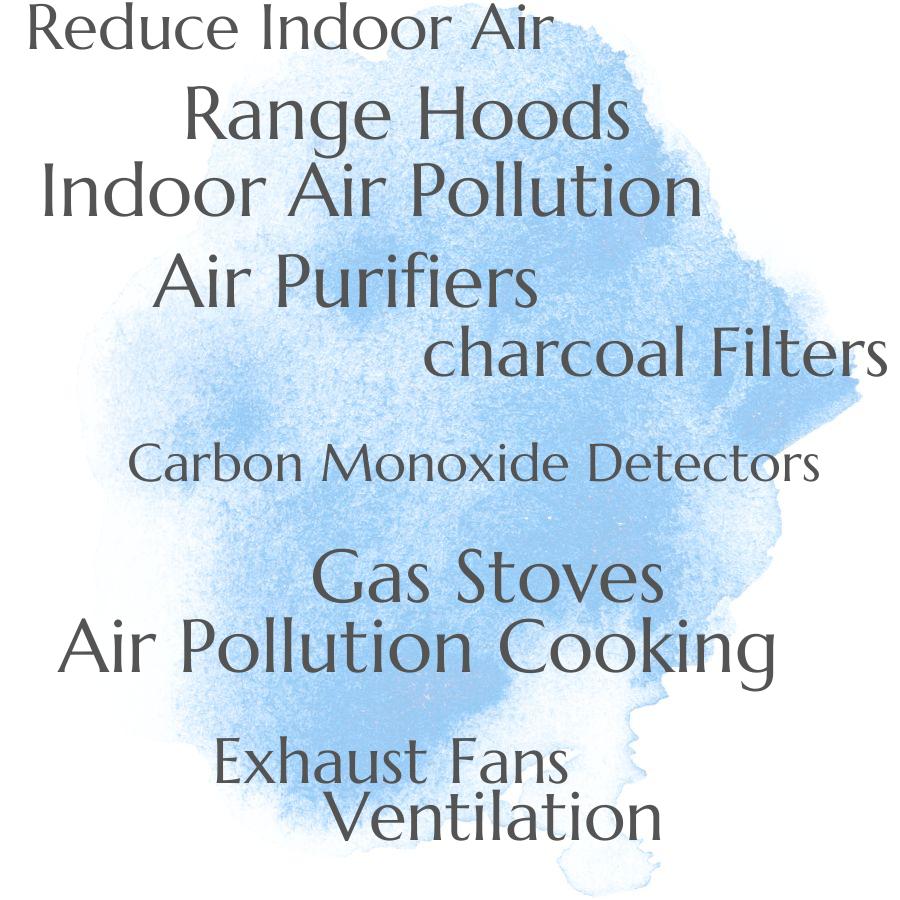1. Ensure proper ventilation in the kitchen, such as by opening windows or using an exhaust fan. 2. Use a range hood while cooking to help remove smoke and odors from the air. 3. Use an electric stove instead of gas, as electric stoves produce less pollution when cooking. 4. Clean your stove regularly to reduce buildup of grease and other pollutants that can be released into the air while cooking. 5. Avoid burning materials like plastics or synthetic materials indoors, as these can release harmful chemicals into the air when burned in enclosed spaces
Cooking is an essential part of life, but it can also be a source of indoor air pollution. In order to protect your family’s health, it’s important to take steps to reduce the amount of pollutants released into the air while cooking.
Here are some tips for reducing indoor air pollution from cooking:
Ventilation

Ventilation involves introducing fresh outdoor air into a space and removing stale, polluted air. This helps to dilute pollutants in the air and reduce their concentration.
Installing an exhaust fan over your stove or range hood is one way to improve ventilation in your kitchen. The fan will draw out smoke, steam, odors, and other airborne contaminants that are produced when cooking.
Opening windows or using a window fan can help bring in fresh outdoor air while pushing out contaminated indoor air. Proper ventilation can significantly reduce levels of indoor air pollution from cooking activities.
Air Purifiers
They work by filtering out airborne particles, such as smoke, dust, and other pollutants. Air purifiers can be used in the kitchen to capture and remove these particles before they enter the living space.
This helps to keep the air clean and free of contaminants that can cause health problems. Air purifiers come in a variety of sizes and styles, so it is important to choose one that fits your needs and budget.
Some models may require regular maintenance or filter changes for optimal performance.
Range Hoods
Range hoods are devices that are installed above a stove or cooktop and use fans to draw in the smoke, steam, and odors created when cooking. The fan then filters out the pollutants before releasing clean air back into the room.
By using a range hood, you can significantly reduce the amount of smoke, steam, and odors that linger in your kitchen after cooking. Range hoods help keep your kitchen free of grease buildup which can also contribute to indoor air pollution.
Gas Stoves
When cooking with gas, pollutants such as nitrogen dioxide and carbon monoxide can be released into the air. To reduce indoor air pollution from gas stoves, there are several steps that can be taken.
First, make sure to use an exhaust fan when cooking with a gas stove. This will help to remove any pollutants from the air before they have a chance to accumulate in your home.
It is important to keep the burners clean and free of debris or grease buildup which can cause additional emissions when heated up during cooking. Second, consider using an electric stove instead of a gas one if possible.
Electric stoves do not produce any emissions while in use and therefore do not contribute to indoor air pollution like their gas counterparts do. Open windows or doors while you cook with your gas stove so that fresh outdoor air can enter your home and help dilute any pollutants that may have been released into the room due to cooking activities on the stovetop.
This will also help improve ventilation in your kitchen area which is essential for reducing indoor air pollution levels overall.
Charcoal Filters
These filters work by trapping airborne particles, such as smoke and grease, in the charcoal material. The charcoal absorbs the pollutants, preventing them from entering the air inside your home.
Charcoal filters can be installed directly into range hoods or exhaust fans to help keep your kitchen clean and free of harmful contaminants. These filters can be used in combination with other methods of reducing indoor air pollution such as using an exhaust fan while cooking or opening windows for ventilation.
Exhaust Fans
An exhaust fan is a device that draws air out of the kitchen, removing smoke, odors, and other pollutants from the air. This helps to keep the air in your home clean and free of contaminants.
Exhaust fans can be installed over a stove or range hood, or they can be mounted on walls or ceilings near where you cook. They come in various sizes and styles so you can find one that fits your needs and budget.
When using an exhaust fan, it’s important to make sure it is powerful enough for your kitchen size and type of cooking you do. Make sure to turn on the fan before starting any cooking activity as this will help remove pollutants more quickly while also preventing them from spreading throughout your home.
Carbon Monoxide Detectors
Carbon monoxide is a colorless, odorless gas that can be produced when fuel-burning appliances such as stoves and ovens are not properly ventilated. Carbon monoxide detectors detect the presence of this gas in the air and alert you if it reaches dangerous levels.
By installing carbon monoxide detectors in your home, you can ensure that any buildup of this toxic gas is detected quickly and dealt with before it becomes a health hazard. Having these detectors installed will remind you to keep your kitchen well-ventilated while cooking so that carbon monoxide does not accumulate in the first place.